10 Classic Peakbagging Lists You Need to Tick

'Jeff P'
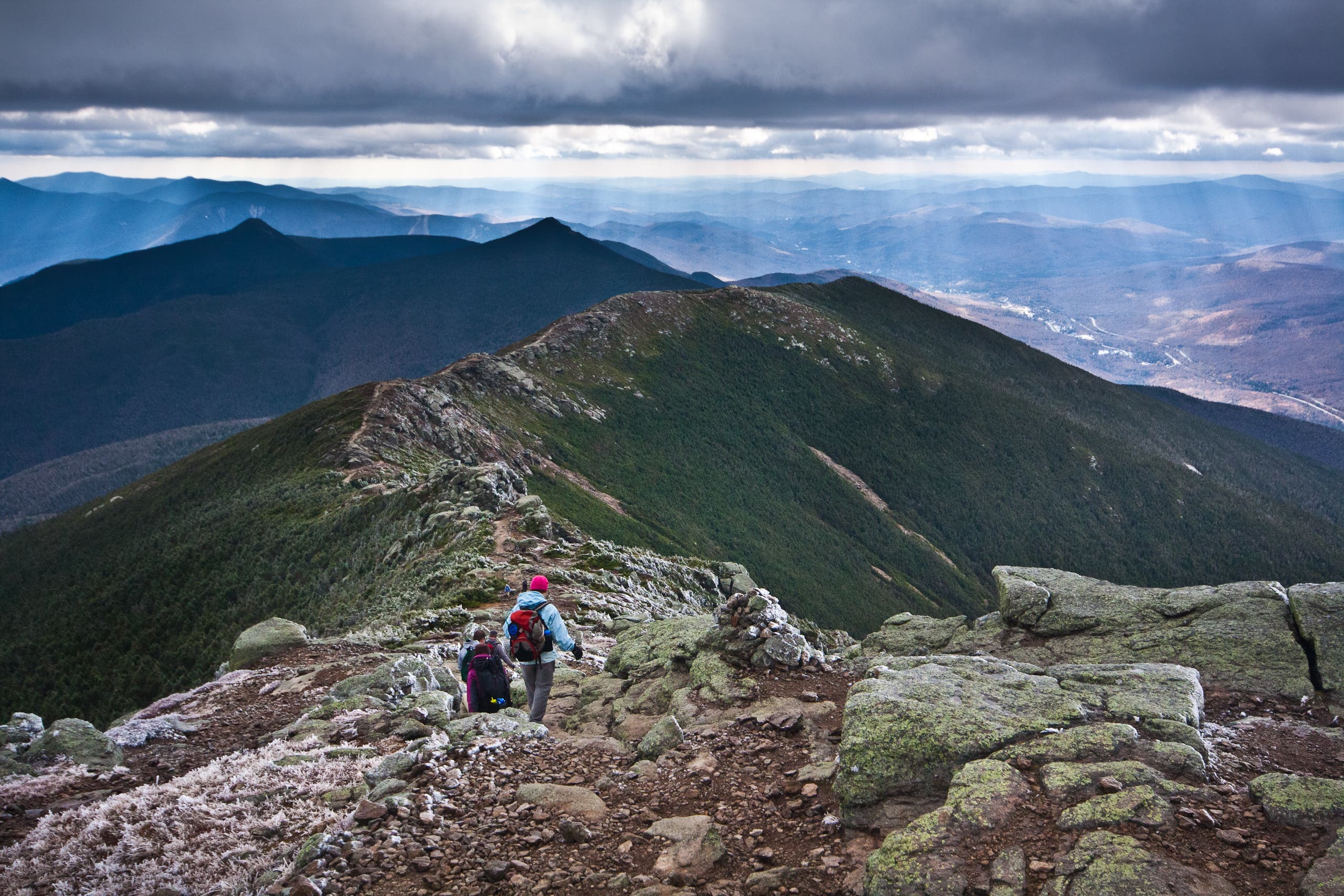
Everybody needs a little direction once in awhile. Whether it’s a tool to get you familiar with new areas, keep you motivated to do more hiking and backpacking, or simply for the satisfaction of checking items off a list, these long-term peakbagging objectives and the handful of multi-mountain days they come with will keep your feet moving for a long time to come.
The Sawtooths List: Mount Carter
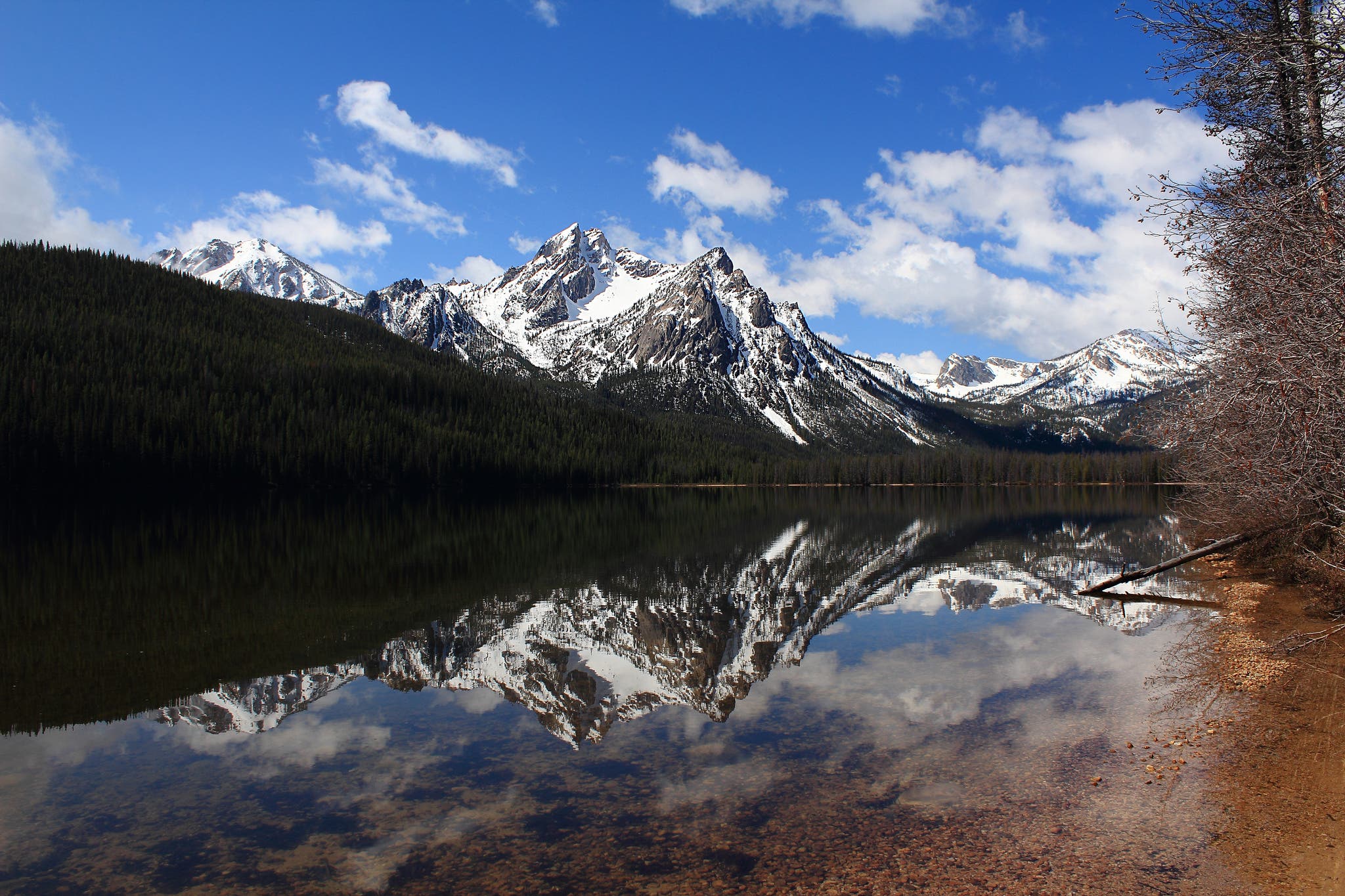
Only one of the roughly 150 recognized summits in Idaho’s Sawtooth Mountains has a trail to the top, which should tell you something about the ruggedness of the range. And with ascents ranging from class 3 scrambles to difficult rock climbs, no one is known to have checked every box. But even if you don’t expect to get through them all, between its tooth-like pinnacles, complex jumbles of rock and steep, fun scrambling, the Sawteeth are a haven for exploratory peakbagging. Whet your whistle on Mount Carter, one of the range’s tall and easier climbs. It’s only 2 miles from Redfish Lake to the Goat Lake Drainage, then a rocky ridge leads to the summit.
Everest by the Bay List
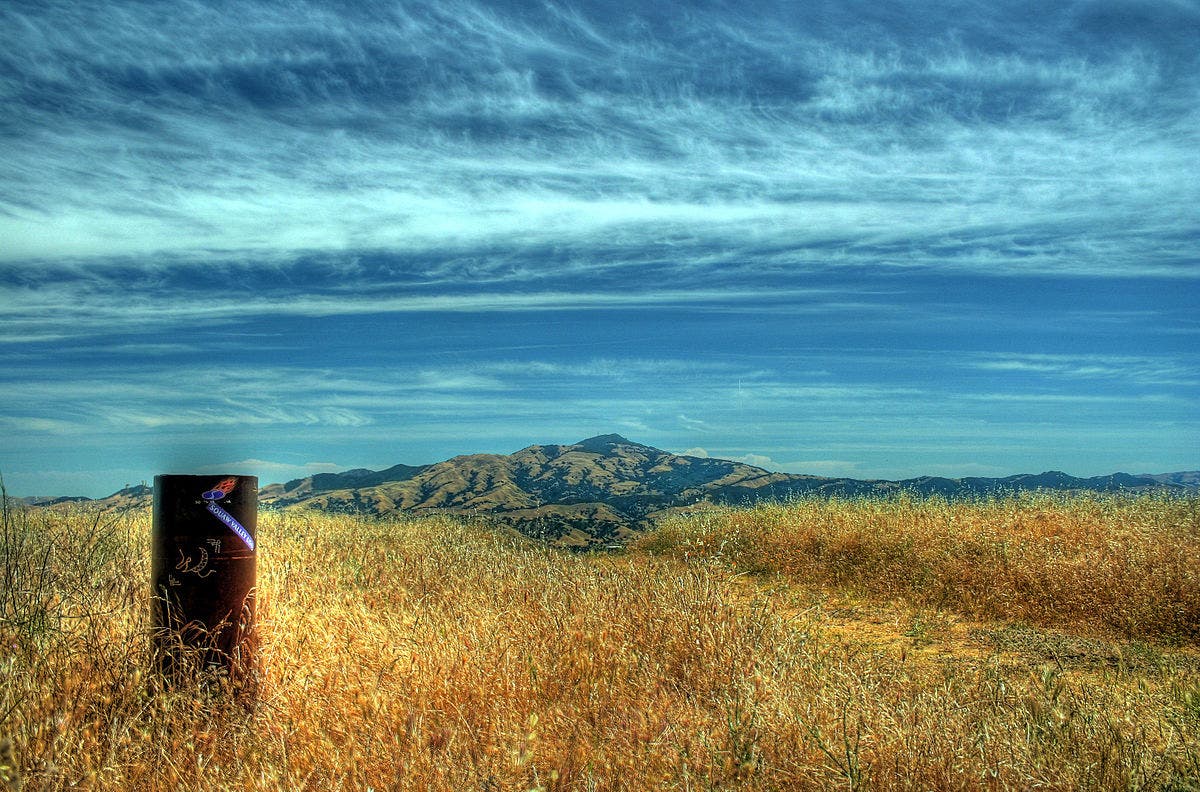
Not everybody has a 14er or even an Adirondack High Peak close to home, but the folks in San Francisco’s Bay Area have figured out a way to top them all by “summiting” Mount Everest. The secret? Do it in installments. This list of nine mountains, most between 2- and 3,000 feet rings up at over 32,000 feet of total elevation gain. Mount Diablo separates the Bay from the Central Valley and offers commanding views in both directions. It’s a 13-mile round-trip loop from the Mitchell Canyon Trailhead—a steep price for a mountain that also features a road to the top. But you’ll be rewarded by trailside wildflowers on the way up.
Colorado 14ers: Collegiate Peaks
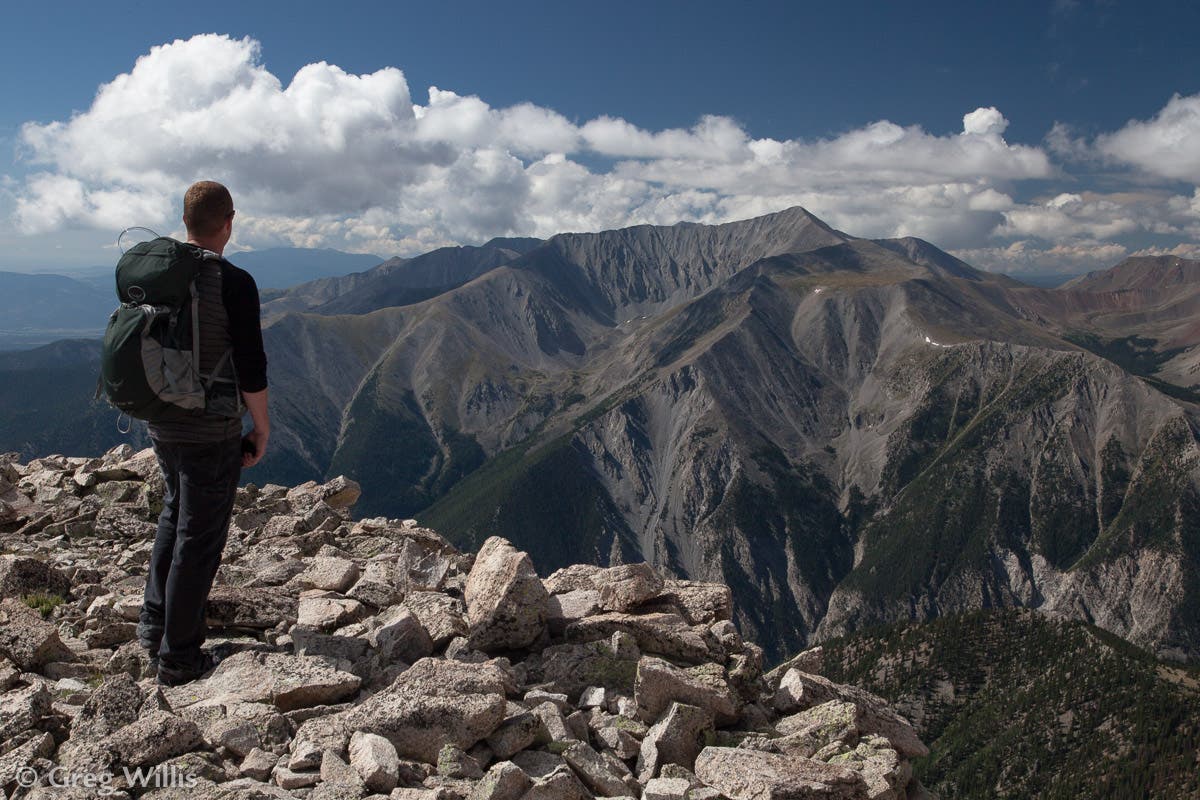
Colorado has more peaks over 14,000 feet than any other state in the US, which makes this 53-summit long list a classic for the physically fit and determined. Get started by spending some time in the Collegiate Peaks, a group of eight mostly non-technical 14ers in the Sawatch Range. Head up the Missouri Basin and set up a basecamp beneath Mounts Missouri, Belford and Oxford for a weekend of to-dos.
The Adirondack 46ers: The Dix Range
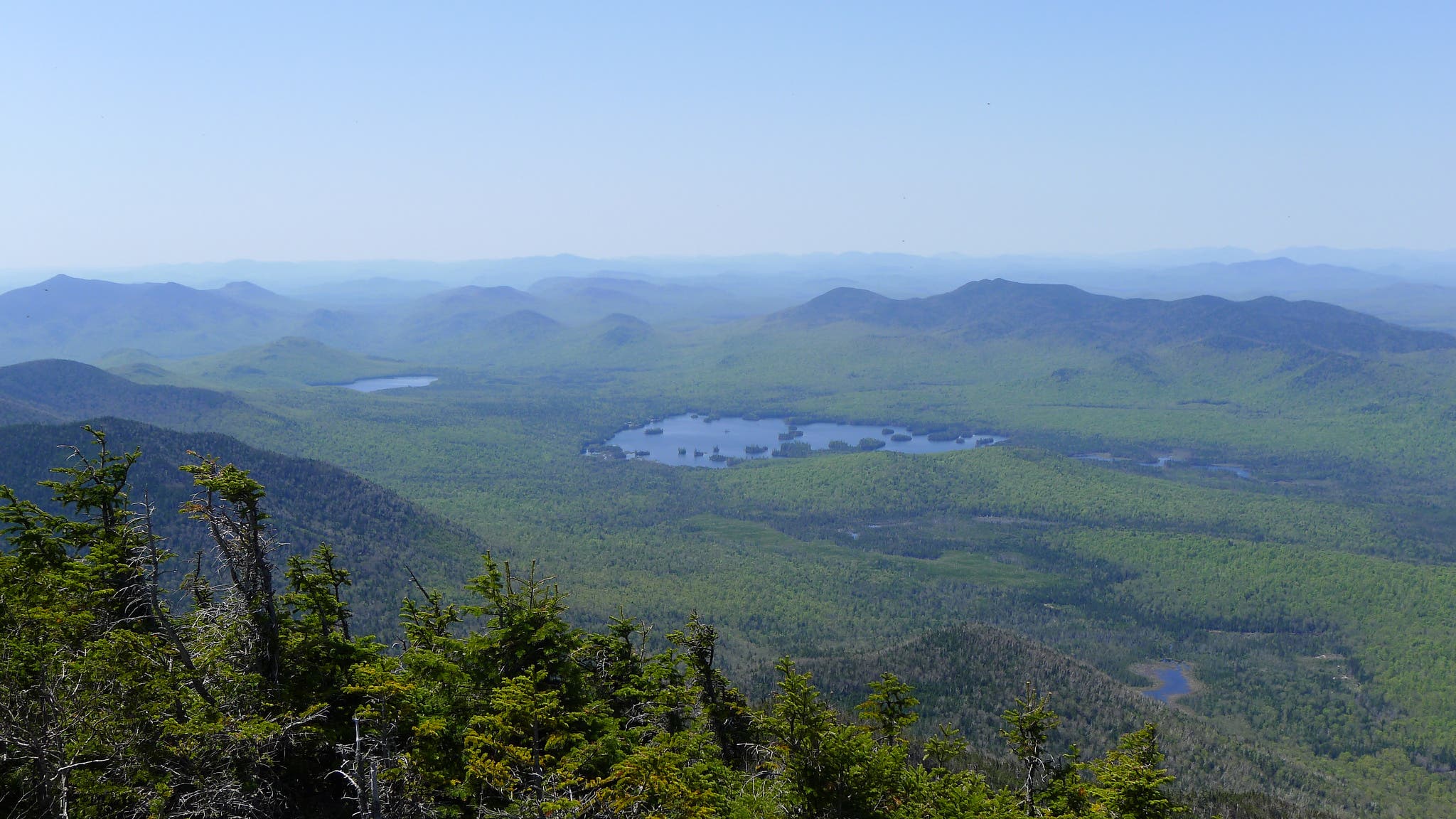
The Adirondack 46ers might be the original peakbagger’s to-do list. Since the 1920s, hikers have made a point of climbing all 46 of the Adirondacks’ 4000-foot peaks one by one. Today, more than 10,000 have claimed the feat. One of the biggest days for any aspiring 46er comes in the Dix Range, a subset of five summits—four of which are connected only by faint herd paths. Wipe them all out with a 17-mile loop from Elk Lake to Dix, Hough, South Dix, Grace and Macomb.
Arizona 20-20 Challenge: Humphrey’s Peak
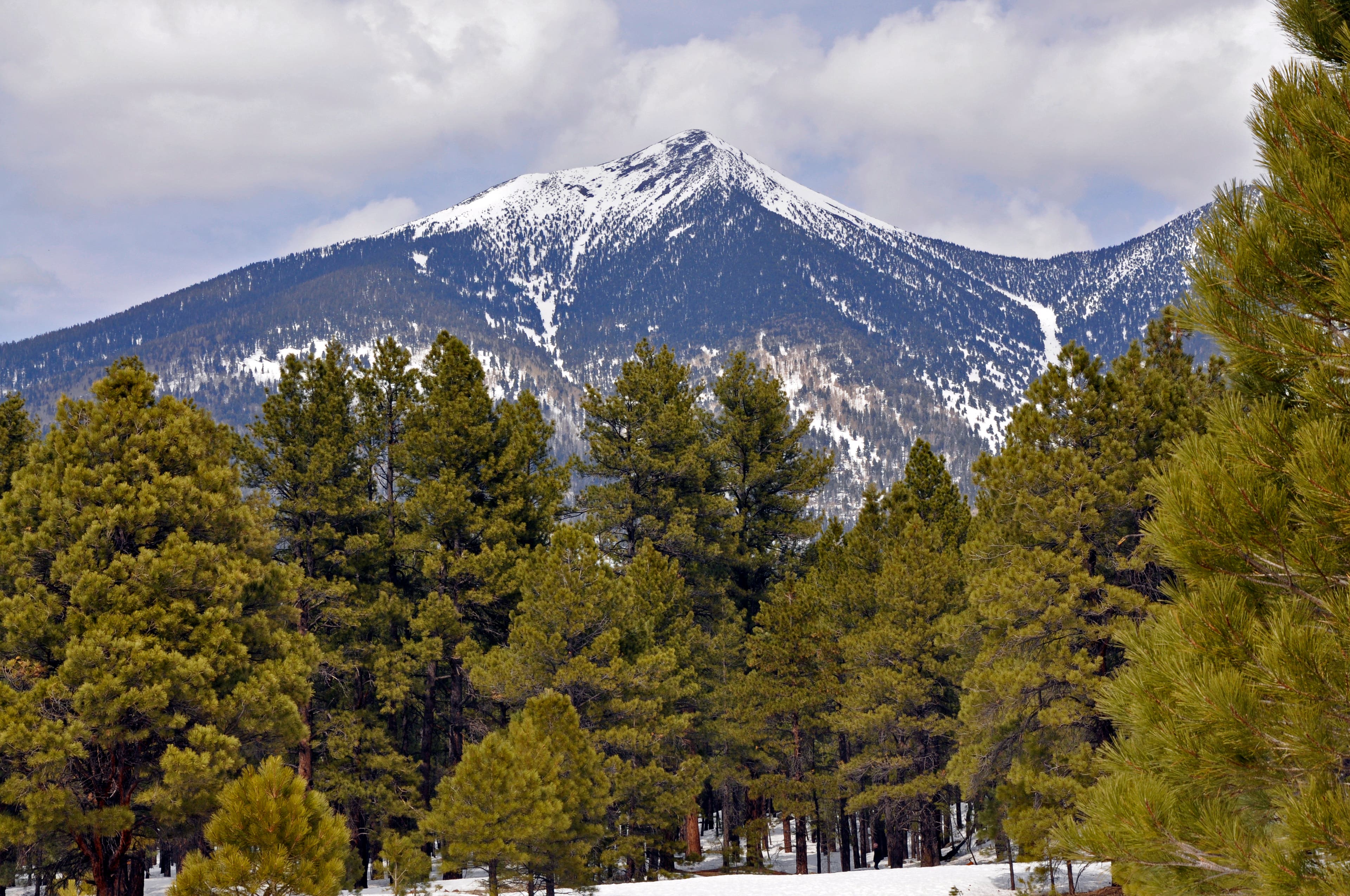
Arizona is a land of highs and lows, dotted with both 12,000-foot summits and canyons that stretch 7,000 feet below the ground. This list pays homage to both, listing 20 of the state’s highest peaks and 20 of its deepest pits. Humphreys Peak is the state’s tallest, atop the list. The 9.5 mile out-and-back from a trailhead known as the Snowbowl will send you 3,400 feet up the peak’s south ridge to panoramic views of the Painted Desert and, on a clear day, the opposite end of the 20-20 List—the rim of The Grand Canyon—way to the north.
South Beyond 6000

Southern Appalachia took the concept pioneered by the Adirondack 46ers and New Hampshire 48 and made it…taller. Where the Northeast lists draw the line at 4,000-foot peaks, the Tennessee Eastman Hiking Club could afford to draw it at 6,000 feet and rack up 39 mountains for their peakbagging list. Mount Guyot is the second tallest in Great Smoky Mountains National Park, but sees relatively little traffic. The Snake Den Ridge Trail is 14 miles round trip from Cosby Campground through old growth forests to the top.
The New Hampshire 48: The Pemi Loop
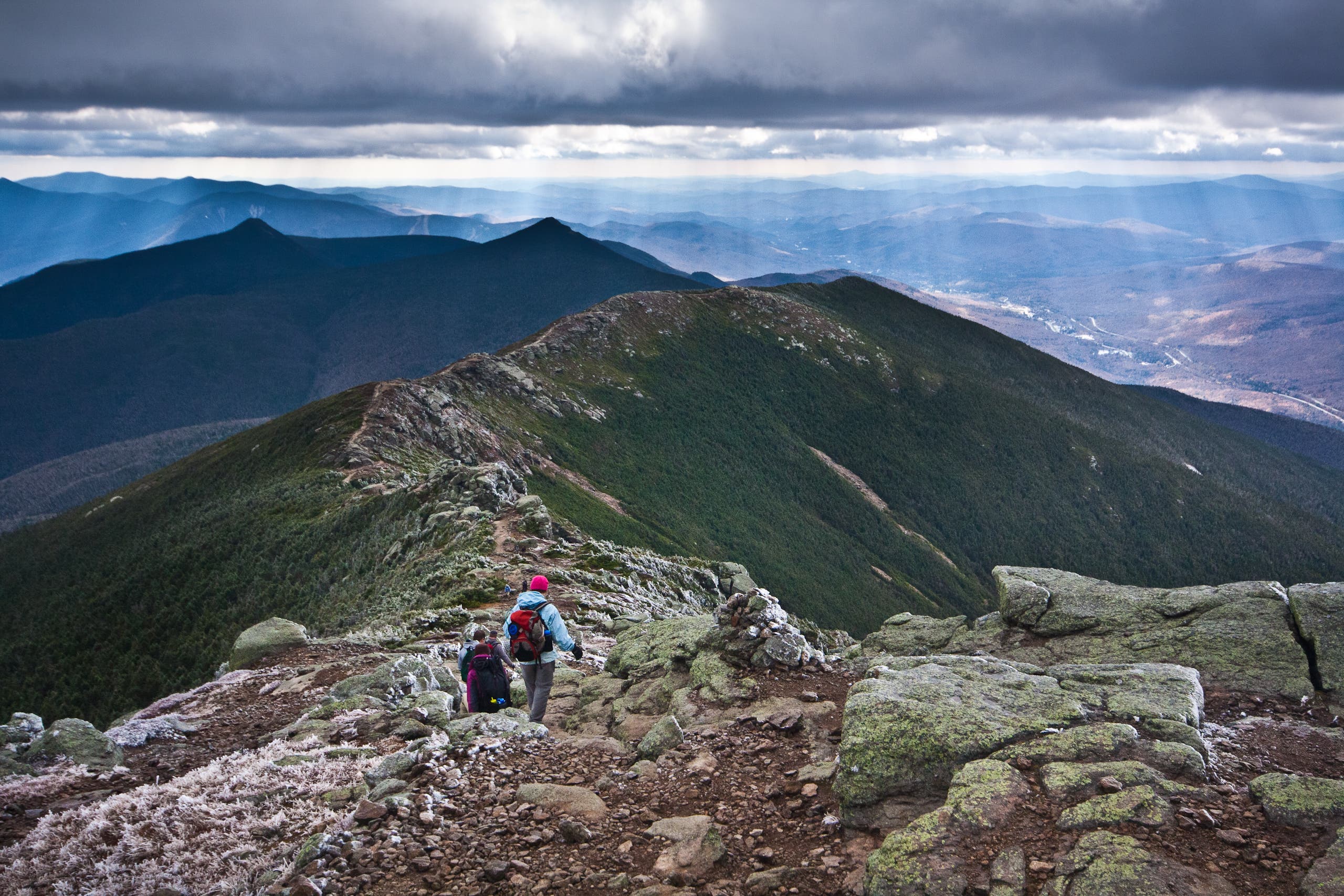
In 29 miles across New Hampshire’s largest wilderness, you’ll cross three different mountain ranges, climb 7,700 feet and summit eight or more peaks, all above treeline. It’s no wonder pieces of the Pemigewasset Loop are regularly revered as some of the greatest hiking territory on earth. From the Lincoln Woods Trailhead, head clockwise through the horseshoe-shaped ring of peaks. Tack on an extra four summits via quick side trips and by the time you finally dip back below the trees, you’ll have completed a quarter of another classic peakbagger’s life list, the New Hampshire 48.
MLK’s “I Have a Dream” Peaks
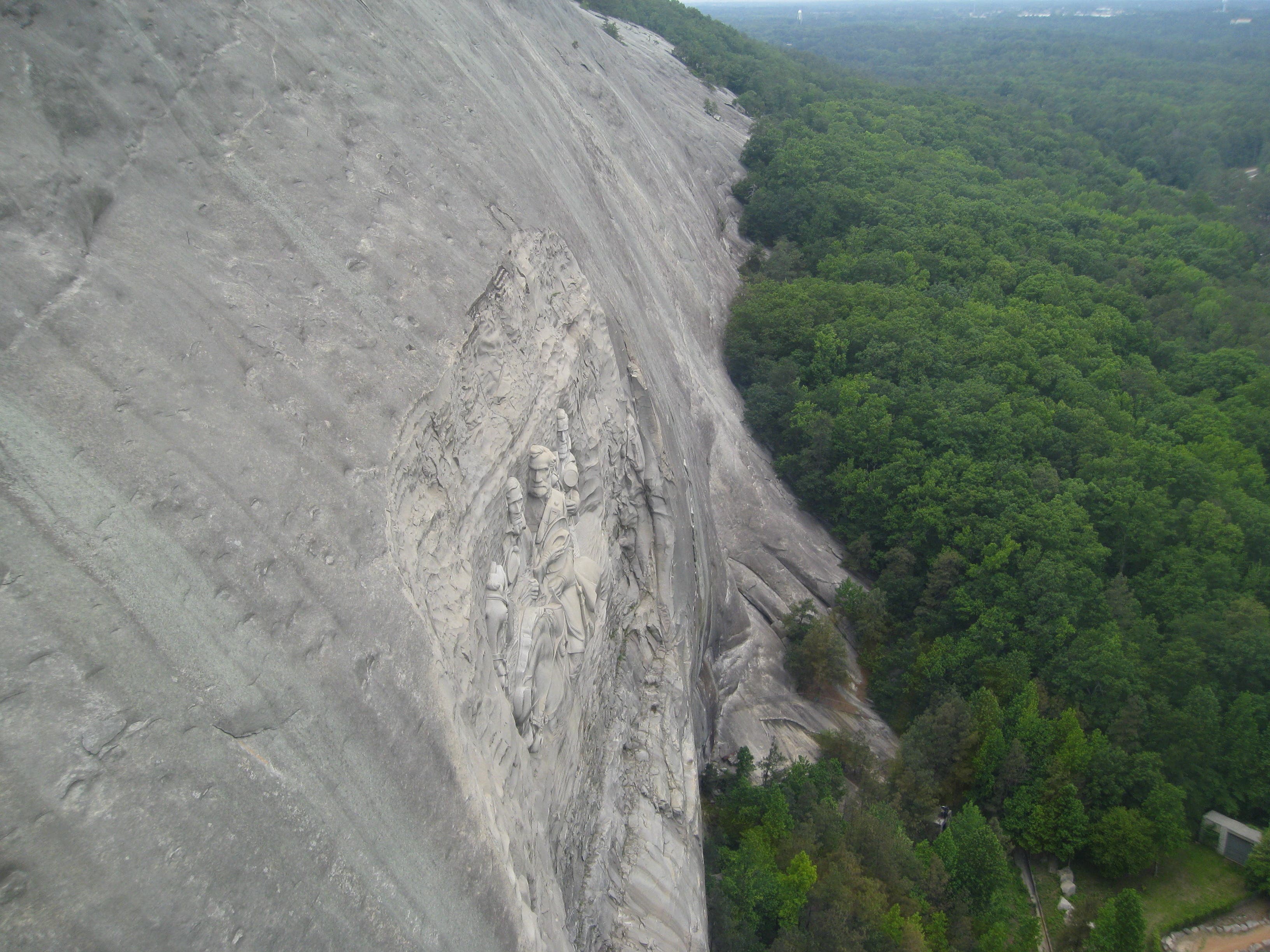
Martin Luther King, Jr. must have had a thing for mountains. In his most famous “I have a dream” speech, he rattles off a number of mountain ranges and specific peaks across the country from which he hopes to “let freedom ring.” So, of course it’s now a list. The Adirondacks, White Mountains, Alleghenies, Rockies and Sierras all get a shoutout, but so too does Georgia’s Stone Mountain (pictured) and Tennessee’s Lookout Mountain, both of which have unmistakable historical connections to the Civil War and Jim Crow. It’s 3.5 miles from Point Park to Lookout’s Sunset Rock and back, laced with historical tie-ins.
Montana 53: West Chalk Butte
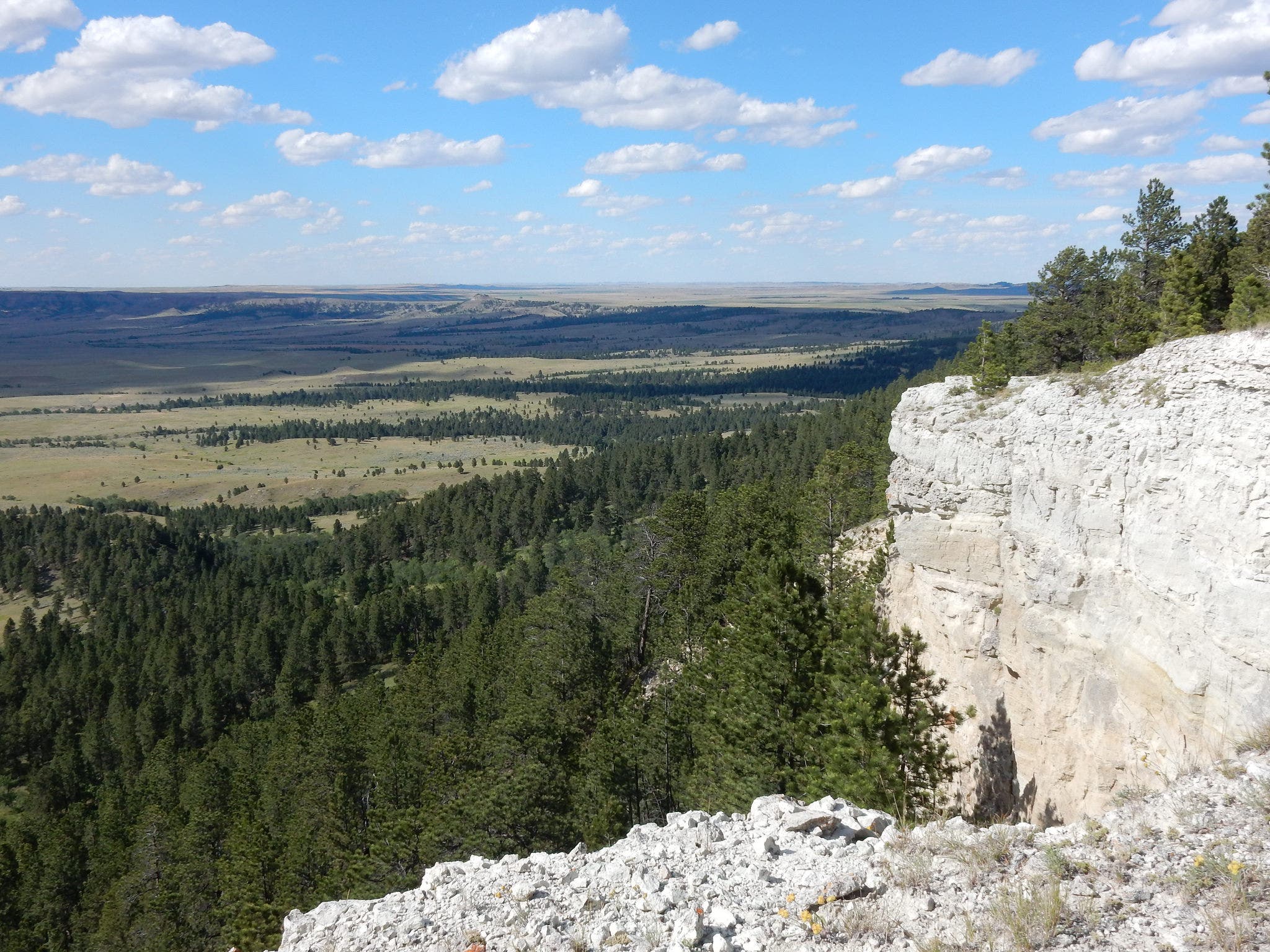
The folks that put together the list of Montana’s 53 major peaks literally wrote the book on peakbagging in the state. Cedron Jones—perhaps the most prolific summit-grabber in state history—has spent decades racking up over 1,000 ascents of his local mountains, which he used to write Peakbagging Montana and compile a list of the most classic to-dos in Big Sky Country. Rather than a straight-up highest point list, it packs in peaks from a wider area of the state. One outlier: West Chalk Butte, the highest point in the state’s Sweetgrass Hills, towering over the prairie at more than 6,000 feet. It’s only two miles to the top via the peak’s West Slope Route, a wide grassy slope leading to a series of talus fields and views of the surrounding foothills, with the main body of mountains rising off to the northwest.
The Bulger List: Stuart Mountain
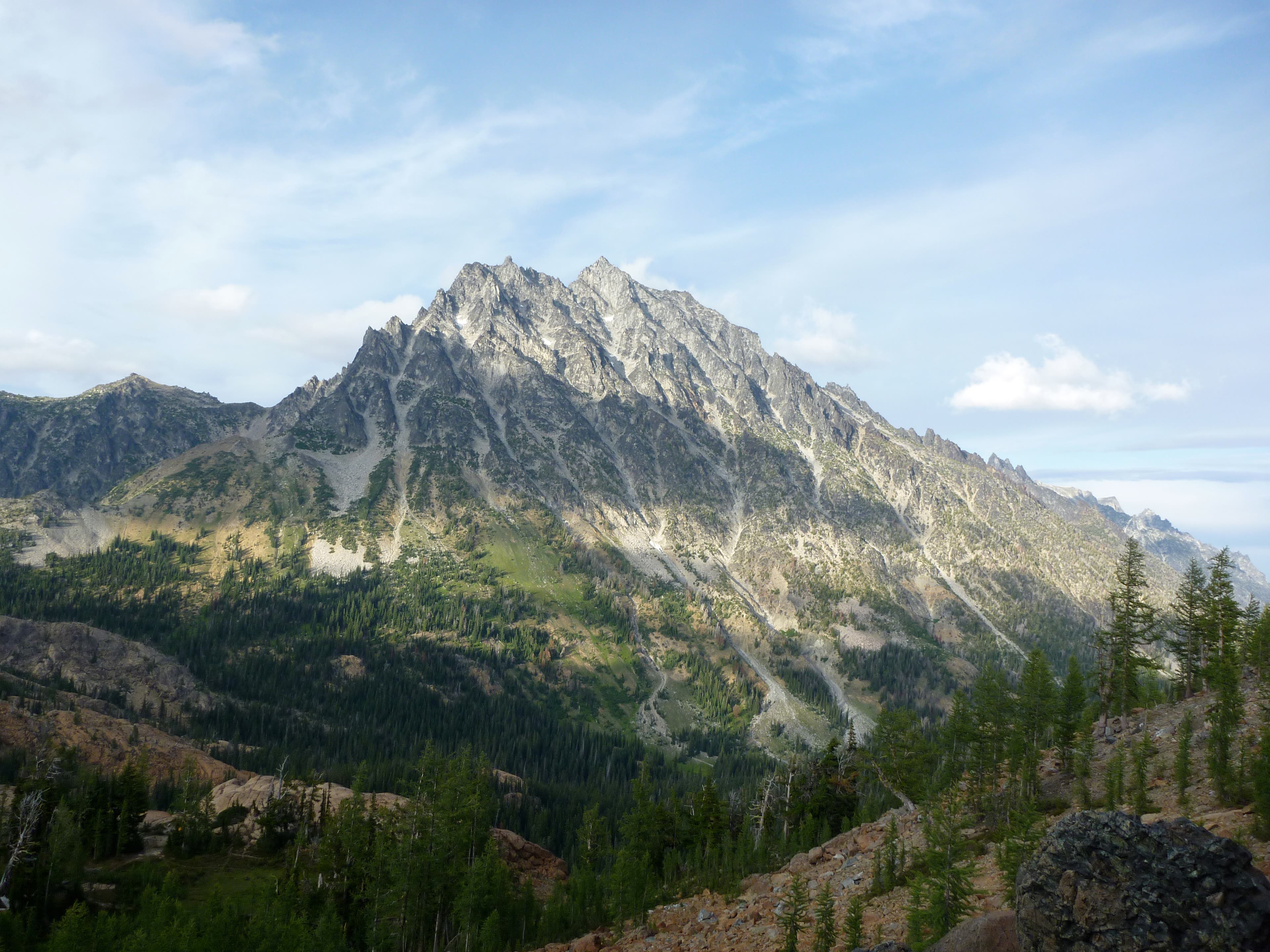
It wasn’t until the 1970s when 24k USGS Quads were finally widely-available enough to identify all of Washington state’s major peaks, so a group of hikers that had come to calling themselves the Bulgers took it upon themselves to develop a list of the state’s 100 highest. Today, the list is known to have some flaws, but it’s still recognized as, if not the most accurate list of the state’s high points, then at least it’s most classic. Head into the Enchantments, a densely-packed pocket of rocky spires and alpine lakes, and climb Mount Stuart. Take the Esmerelda Trail from the Esmerelda Basin Trailhead toward Cascadian Couloir: A class 2 or 3 scar on the side of the mountain leading to the top.